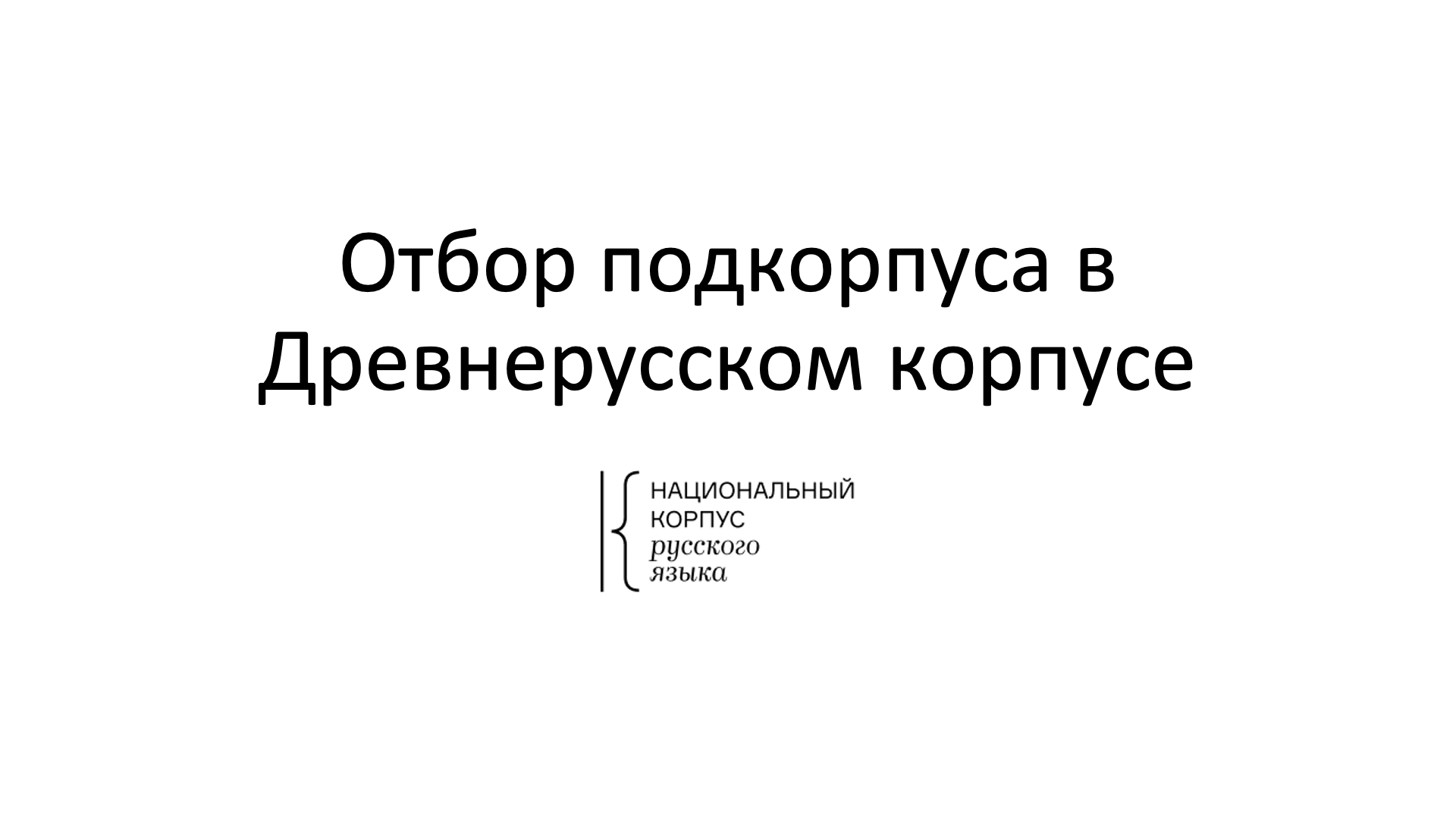RNC News
The Old East Slavic corpus was expanded with new texts and grew by 43 thousand token. On the one hand, it includes later texts of the 14th century (e.g., Ukrainian and Moscow business charters, the Pskovian Tale of Dovmont), and on the other hand, the annotation of some early texts (the Tale of Bygone Years according to the Laurentian manuscript or hagiographies) has been expanded. The vocabulary of the corpus now includes the ancestors of such familiar words as naprasno ‘unexpectedly; (Modern Russian) in vain’, peremolvit'sa ‘exchange words’, šapka ‘headwear’, or raznoglasie ‘discord’.
Users can select a subcorpus and get statistics by standard criteria (including the date of the text and copy, text genre, text size) and to find out to what extent the protagonists from chronicles go somewhere more often than those from charters and tales. It is now possible to search Greek lemmas and word forms in translated texts. Greek words can be typed on the virtual keyboard. For example, the word δόγμα (‘dogma’) is rendered by the Slavic translators not only as a direct borrowing but also as ‘command’, ‘doctrine’, or ‘statute’.
A new functionality is available in the Word at a glance function of the OES corpus, “Word Forms”. For Old East Slavic nouns in different orthographies, the paradigm of all the number and case forms encountered in the corpus are given, and it is possible to find out the frequency of these forms and follow the links to the word. For example, you can find out what forms the word drug ‘friend’ had. Some forms of the rarely used dual number are not yet attested in our corpus, so you should also consult grammars for the full paradigms.


